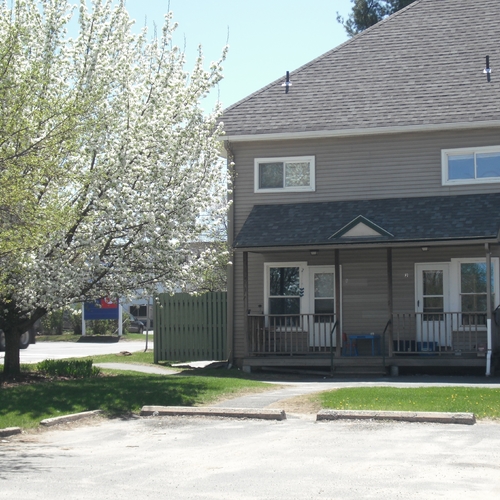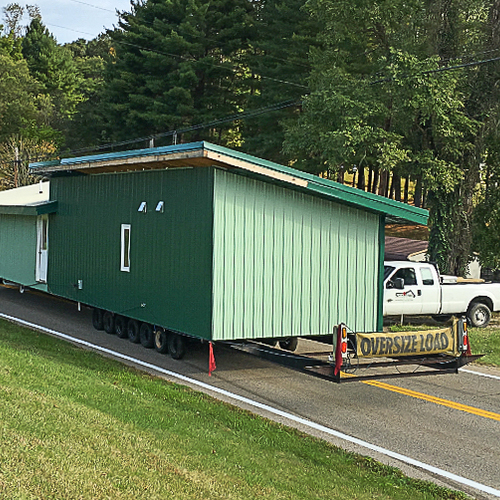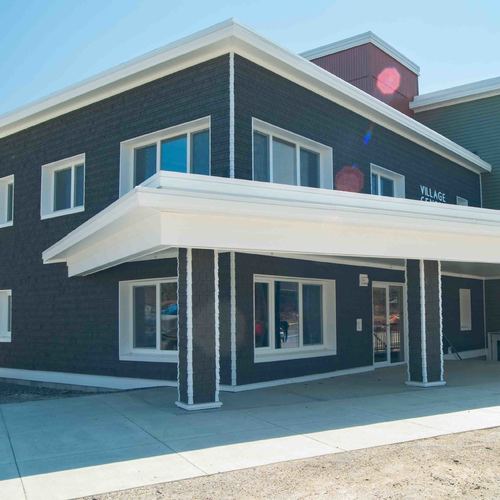
Image Credit: Vera Novak
The odd man out in many of the energy efficiency schemes has been the rental landlord. Unlike homeowners, the landlord often has no financial incentive to make energy efficiency improvements to a building. If apartments are self-metered, the renter would be the full beneficiary. If there is central heat and the fuel cost is already allocated to each rental, the landlord could pocket the difference.
On the other hand, it is a well known human trait that renters tend to be less concerned about energy savings if their monthly rental isn’t impacted by usage. Besides, the payback period for energy retrofit measures can be as long as 15 years, which is not a particularly attractive business proposition. So as energy prices keep going up, the net profits for landlords continue to get squeezed, and there is less cash available to invest in property upgrades.
The economics don’t really pencil out for individual homeowners either, which is why governments in many countries create financial initiatives to offset some of the cost. Except – these incentives have traditionally been denied to rental units.
The other problem has really been the nature of the incentives, which tend to support isolated issues rather than whole-building weatherization. Ironically, some programs that provide weatherization financing are open to low-income homeowners, but exclude landlords. The housing units that have been really stuck in the middle are the mid-level rentals, such as student housing.
New requirements for energy performance certificates
I’m now visiting the United Kingdom, where this situation has an additional twist. As of January 2009, rental buildings in all E.U. member states must post a “Display Energy Certificate.” These certifications resemble the energy labels used in the U.S. on electrical appliances (Energy Guide labels and Energy Star labels) or on cars (the labels that show miles per gallon). The ratings are based on the actual energy usage of a building, with a ranking from A to G (A being the most efficient and G the least).
This certificate must be posted in a public area – usually on the door. In this way, prospective renters can get a sense of the relative energy consumption of one apartment compared to another.
Aside from the benefit to the public, I can see a benefit in providing regular work for accredited energy raters. Not only does the building receive a simple rating based on floor area, operating hours, and meter readings, but the rater also prepares an Advisory Report (AR) which is valid for seven years. The advisory report is designed to help building owners to improve the energy efficiency of their buildings and improve the rating. I’ve also heard of various scams, but overall, the labeling requirement does force the issue out into the public.
So much for the stick; but what about a carrot? Finally, in July, the financial incentives for alternative heating sources such as solar thermal, biomass, and heat pumps were extended to include landlords. Of course, support for thermal envelope improvements, water delivery, and electrical upgrades would also be welcome. Likewise, it would be great to extend these incentives beyond just owners of “social” housing (usually called “affordable housing” in the U.S.) – but when the pot of money is limited, it is understandable if it is extended first to those most in need.
We can only hope that the U.S. and Canada will take up the banner as well, and start noticing the needs of rental housing stock.
Dr. Vera Novak was recently awarded a PhD in Construction by Virginia Tech. Her work is dedicated to increased depth and breadth of sustainability in construction, by leveraging the points of greatest potential impact. She is currently working on optimizing corporate sustainability practices to support regenerative design, as well as adapting a lean thinking process for smaller scale projects. She also writes the Eco Build Trends blog.
Weekly Newsletter
Get building science and energy efficiency advice, plus special offers, in your inbox.















One Comment
US Benchmarking
There are ongoing bench marking programs for commercial and multifamily buildings in the US. It started with a few select cities and as the kinks have been worked out - other cities are joining and adopting the program.
http://www.seattle.gov/environment/benchmarking.htm
Most of electric utility for the Seattle City proper area is -- Seattle Power and Light - owned by the city and the residents. But the local investor owned utilities are also cooperating. Electric and gas use is transferred once a month from the utilities into the EPA bench marking database. Landlords can track their building progress --AND -- use the scorecard to attract renters. They can also use a low score as input to their utilities for energy upgrade programs.
Log in or create an account to post a comment.
Sign up Log in